SHIFT-aa
/// Paadmaan at SUPERMARKET, Stockholm Independent Art Fair 2021. (October 14-17)
/// SHIFT-aa is a presentation/research-based project that addresses shapeshifting and variation in the works of 14 selected Iranian painters, published in two volumes.
Curator: Foad Alijani
Assistant Curator: Mahyar Zaeri
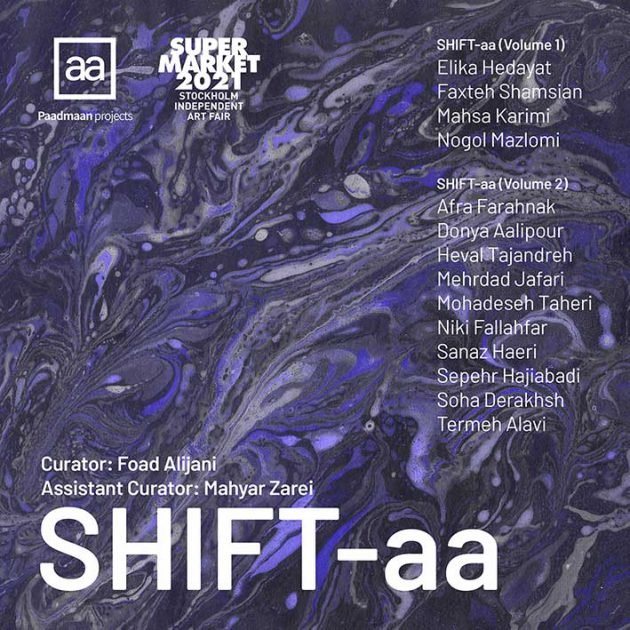
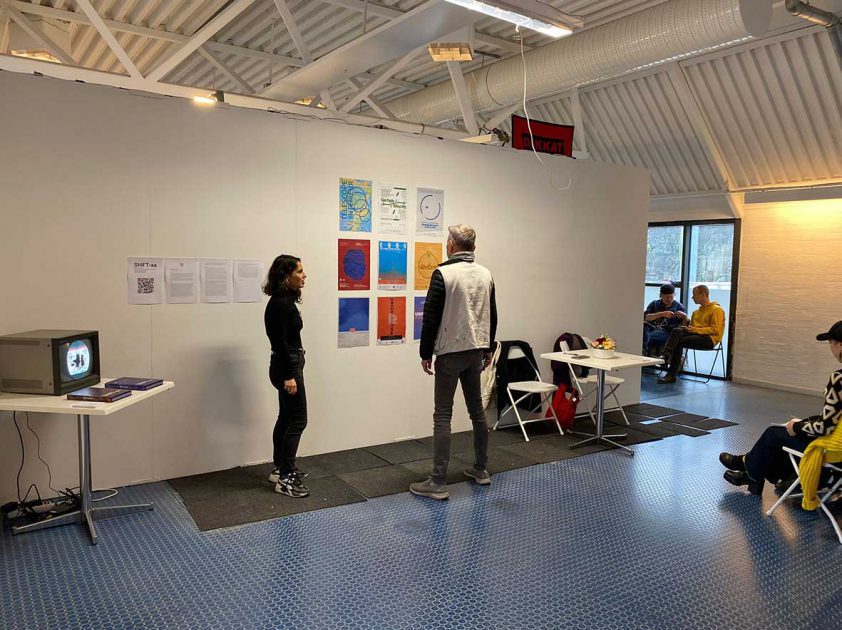
SHIFT-aa (Volume 1) (40 pages)
Elika Hedayat
Faxteh Shamsian
Mahsa Karimi
Nogol Mazlomi
SHIFT-aa (Volume 2) (38 pages)
Afra Farahnak
Donya Aalipour
Heval Tajandreh
Mehrdad Jafari
Mohadeseh Taheri
Niki Fallahfar
Sanaz Haeri
Sepehr Hajiabadi
Soha Derakhsh
Termeh Alavi
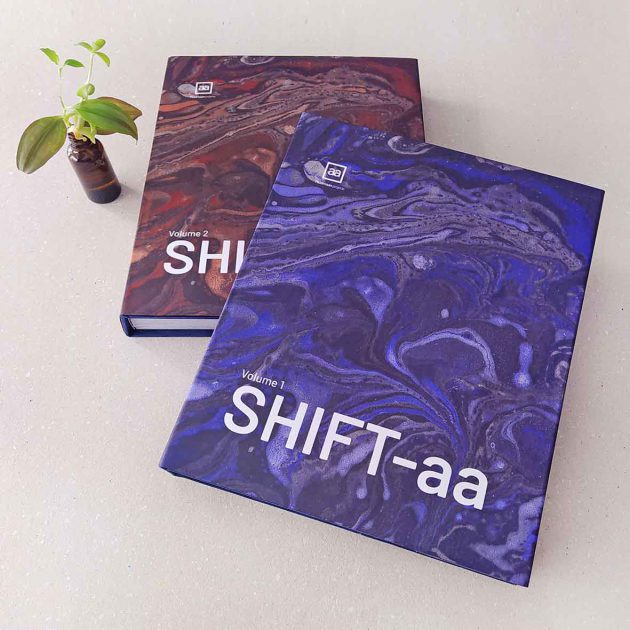
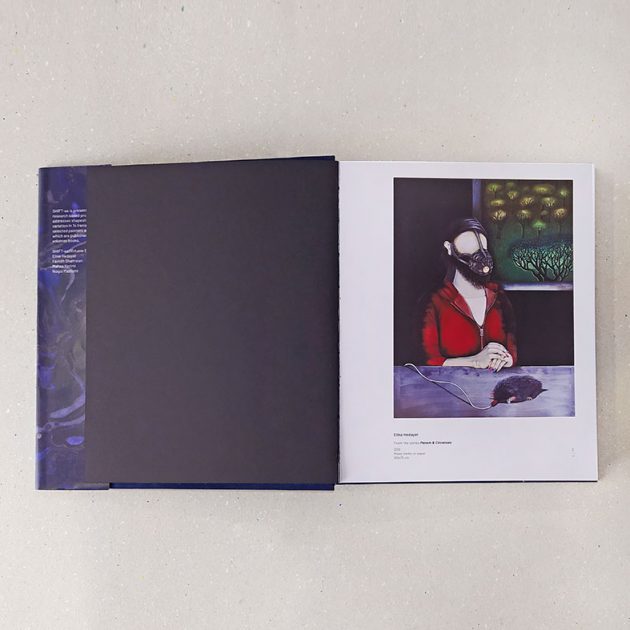
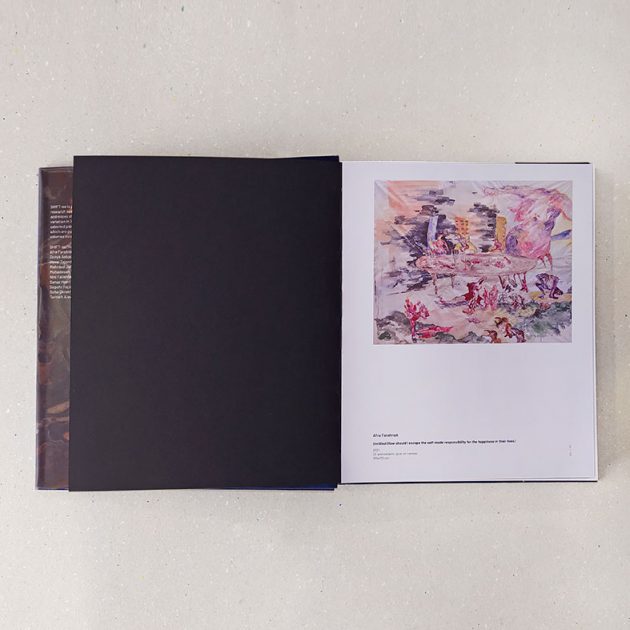
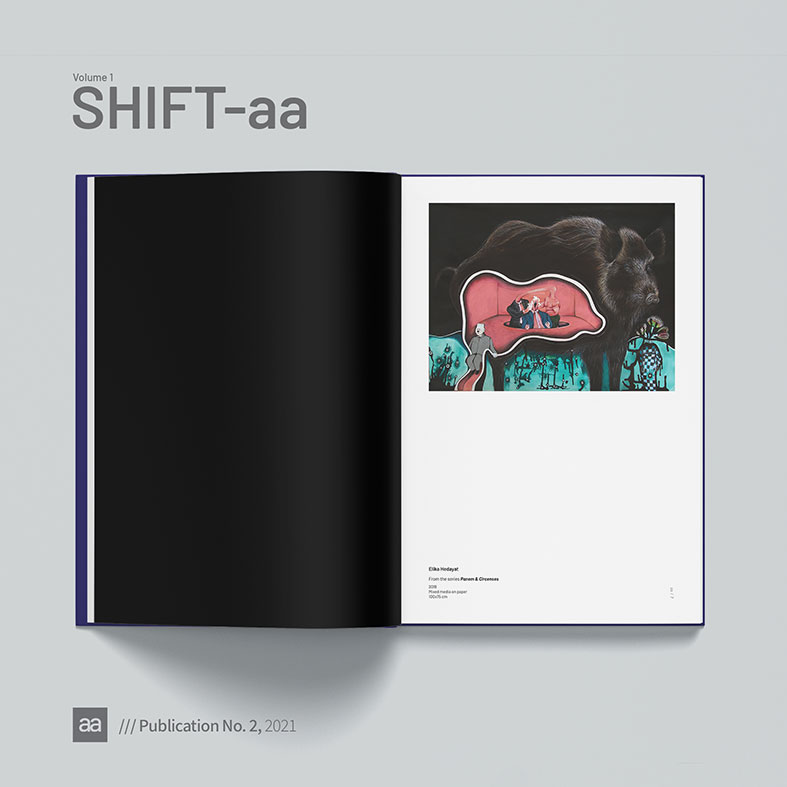
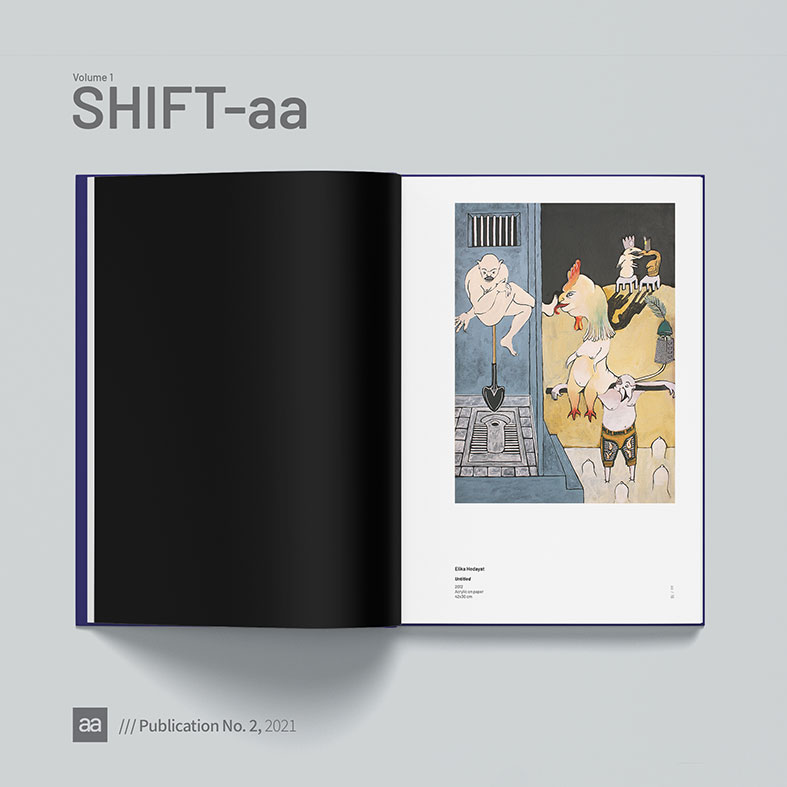
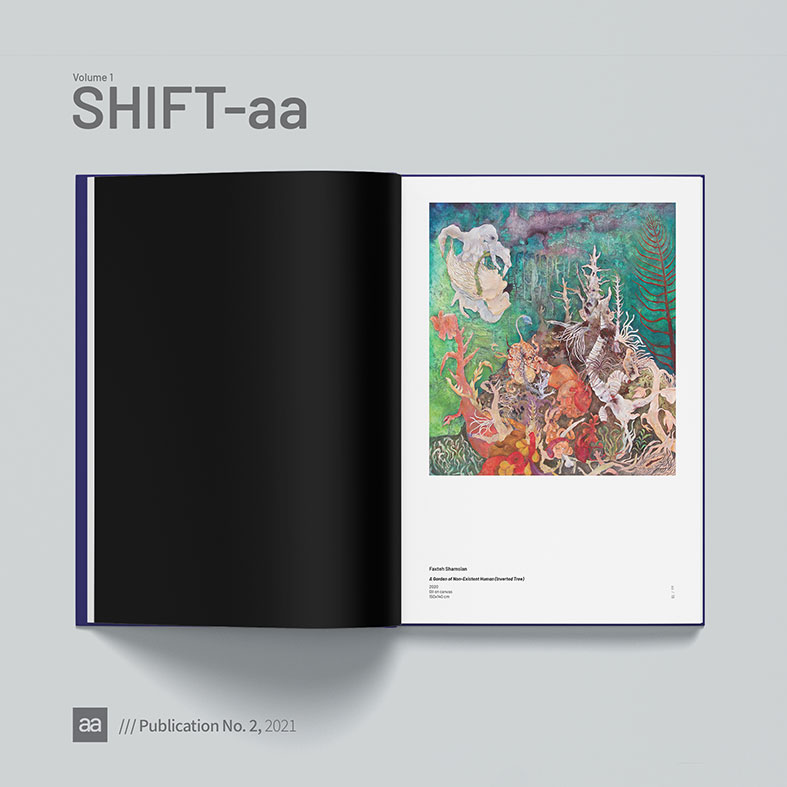
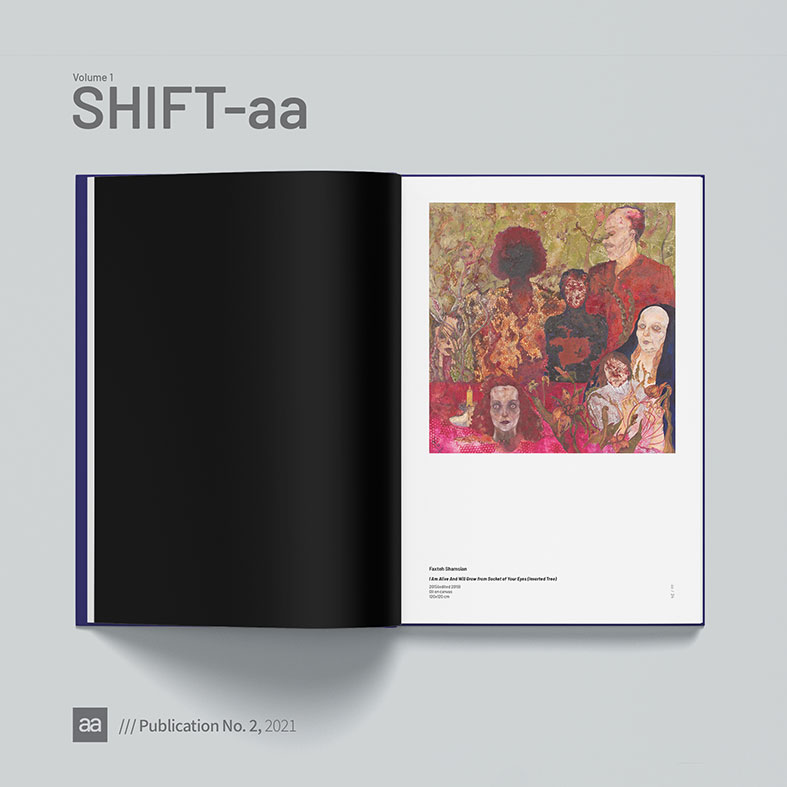
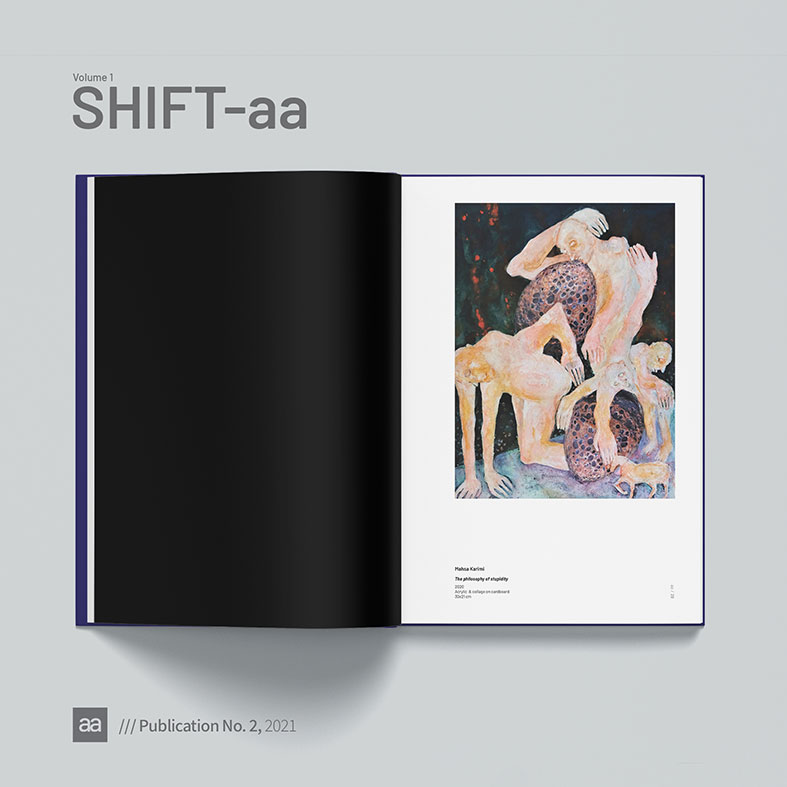
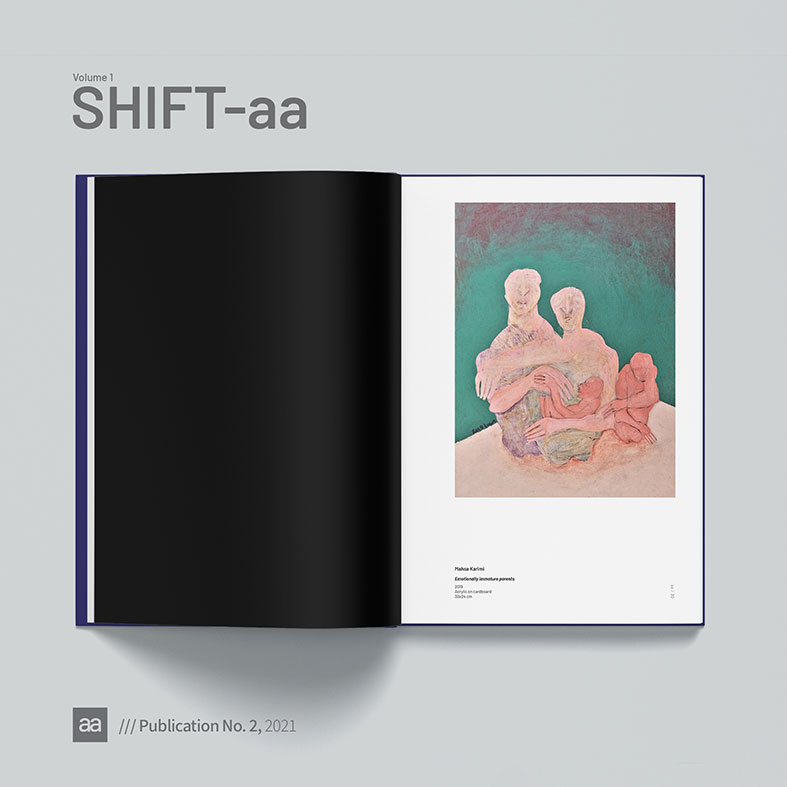
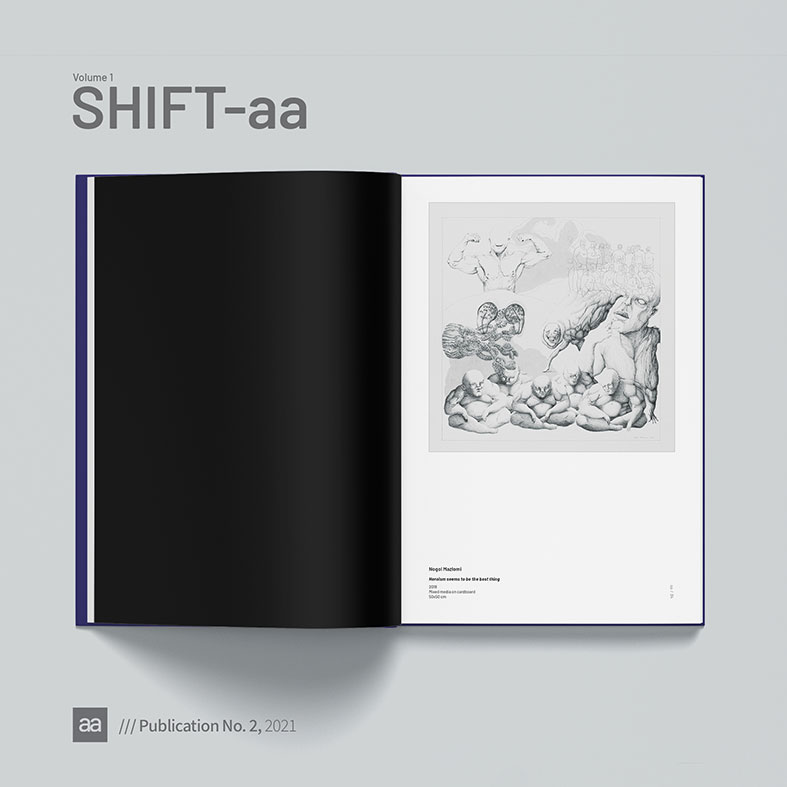
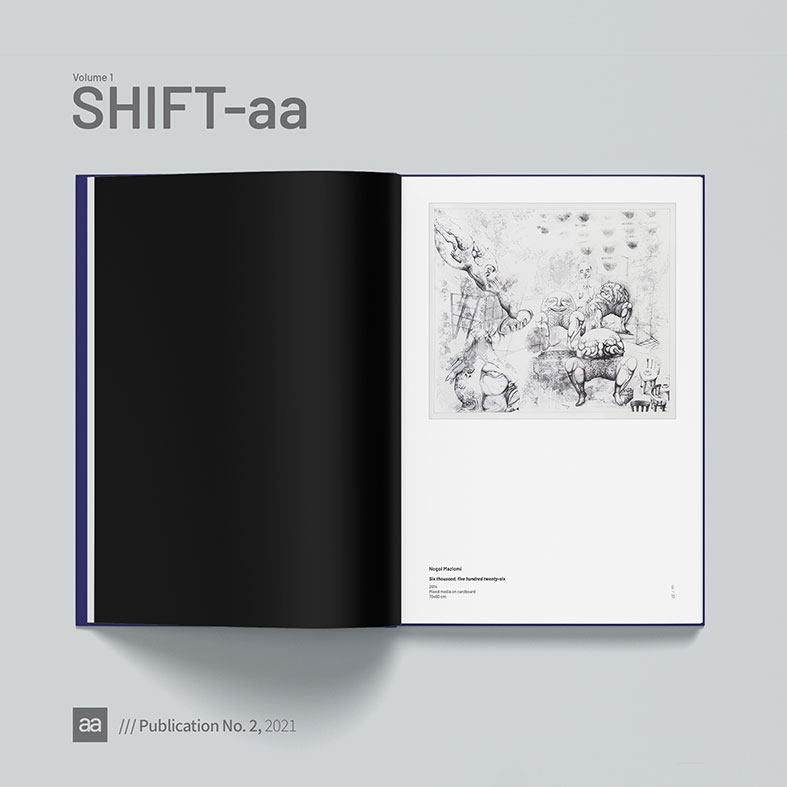
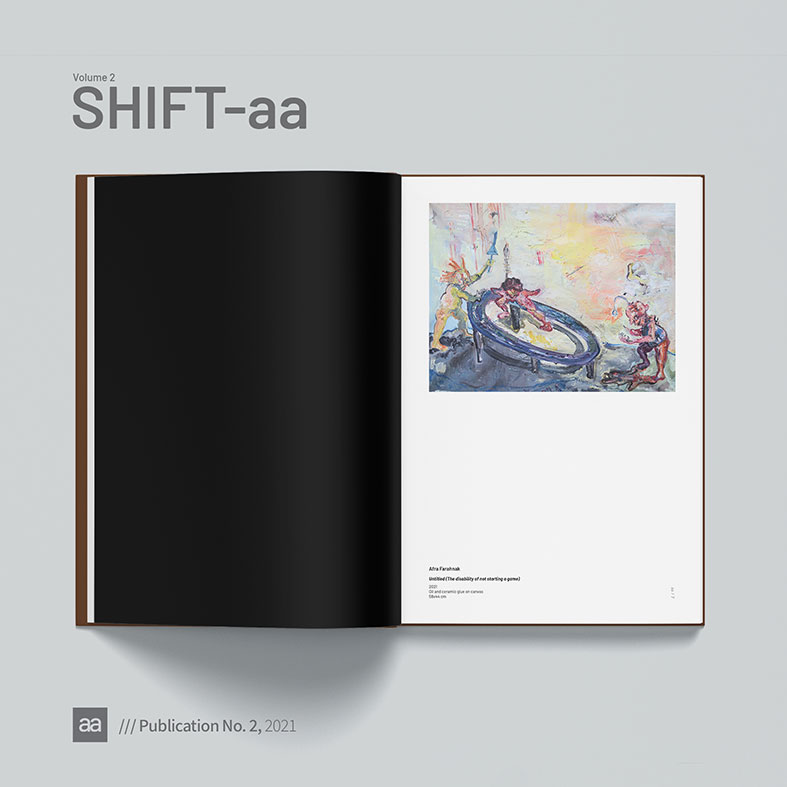
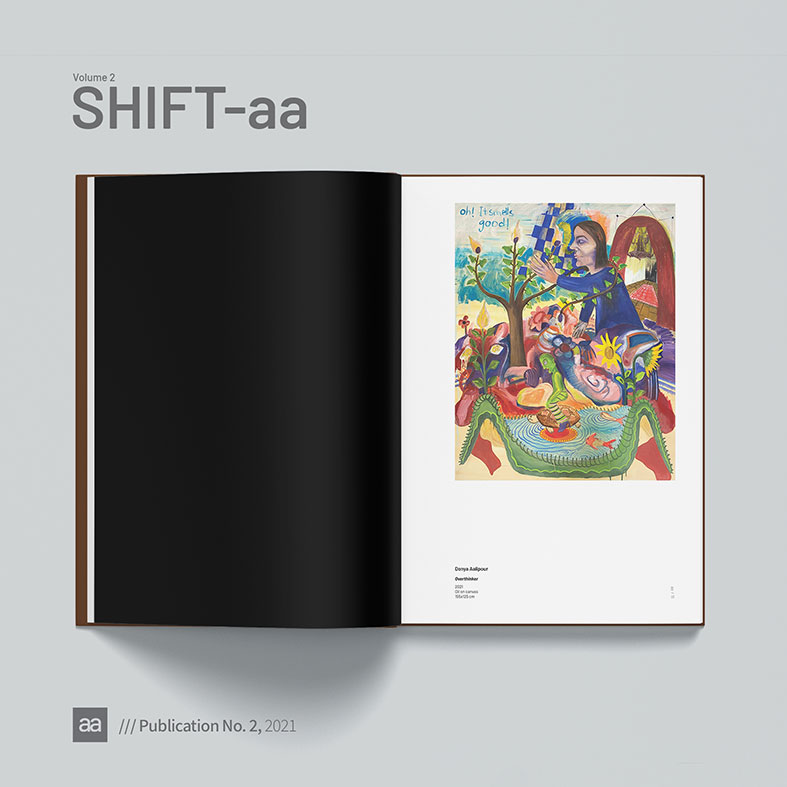
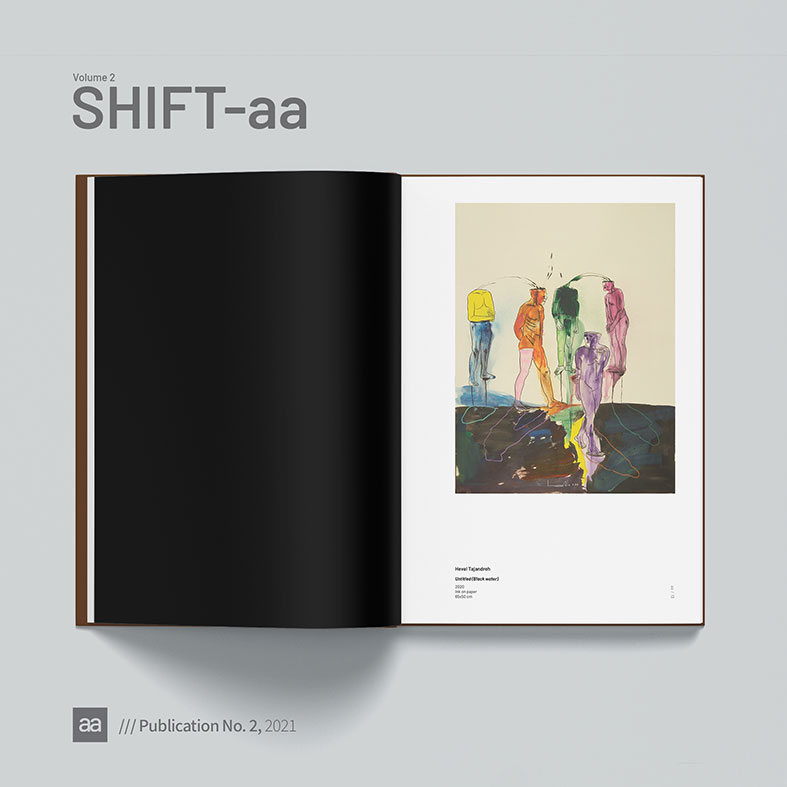
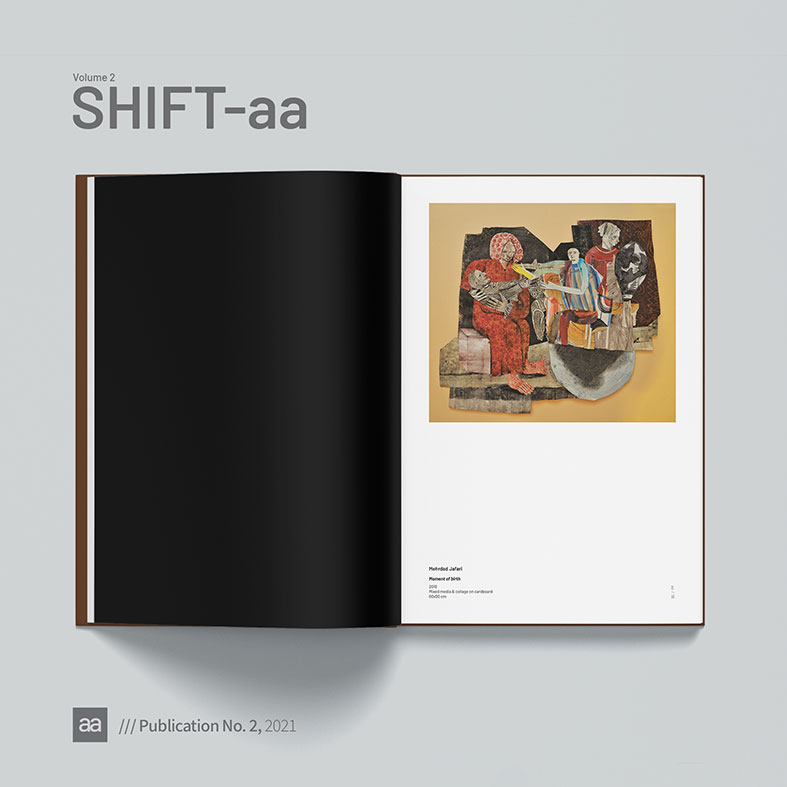
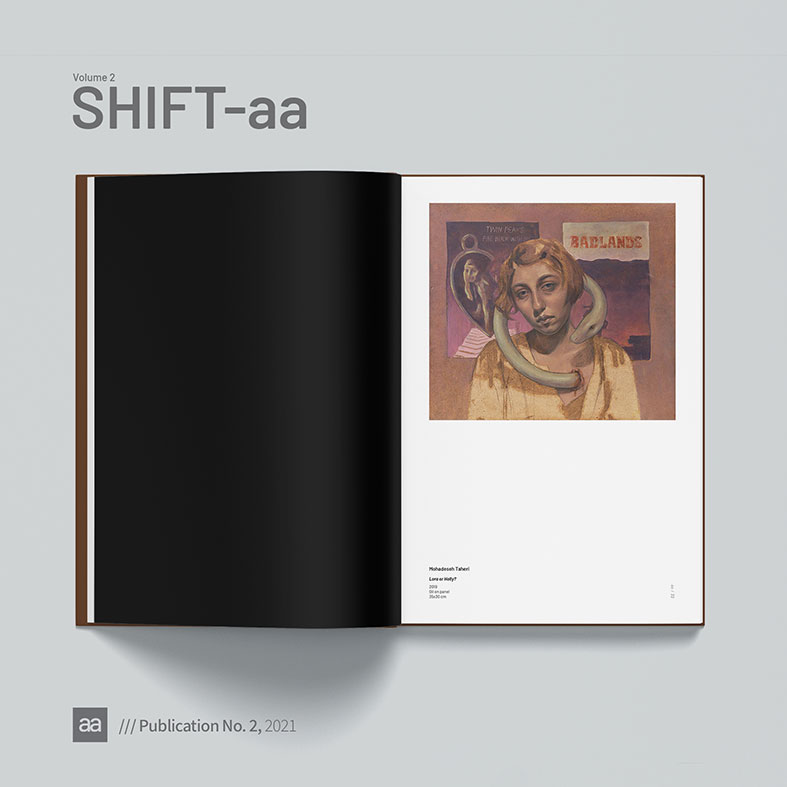
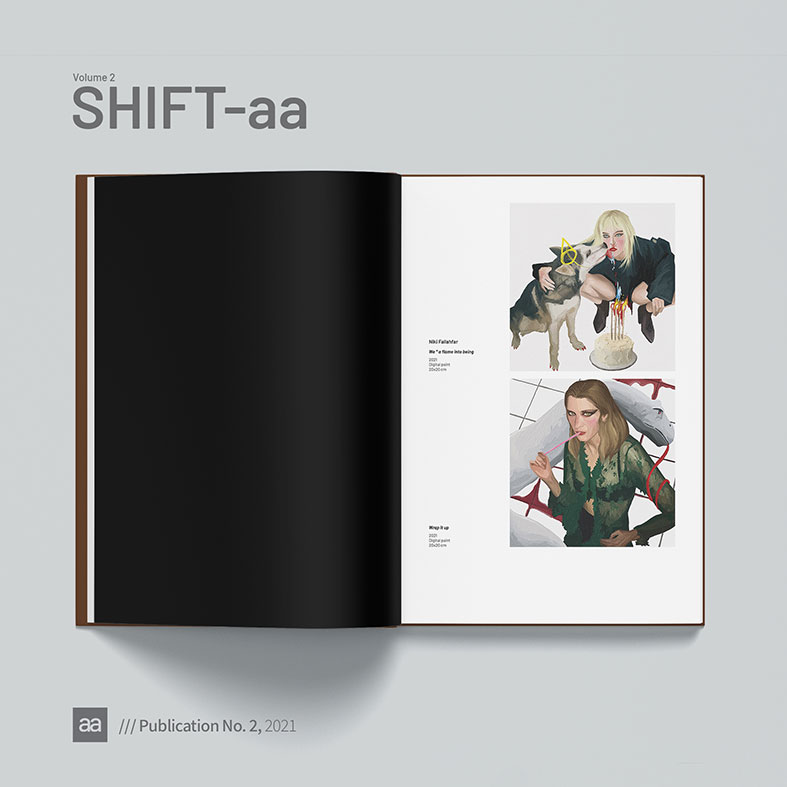
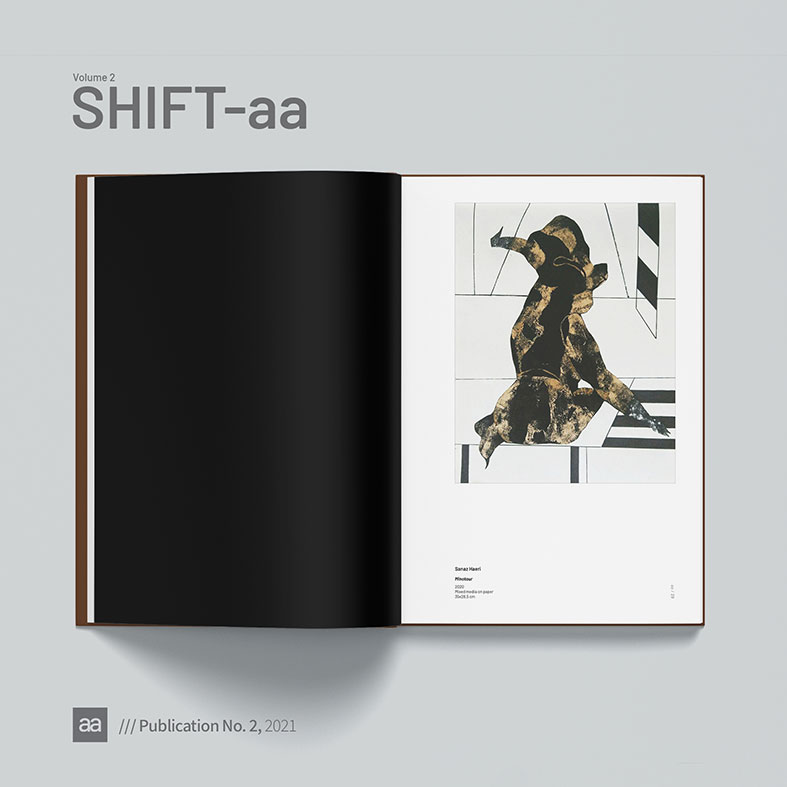
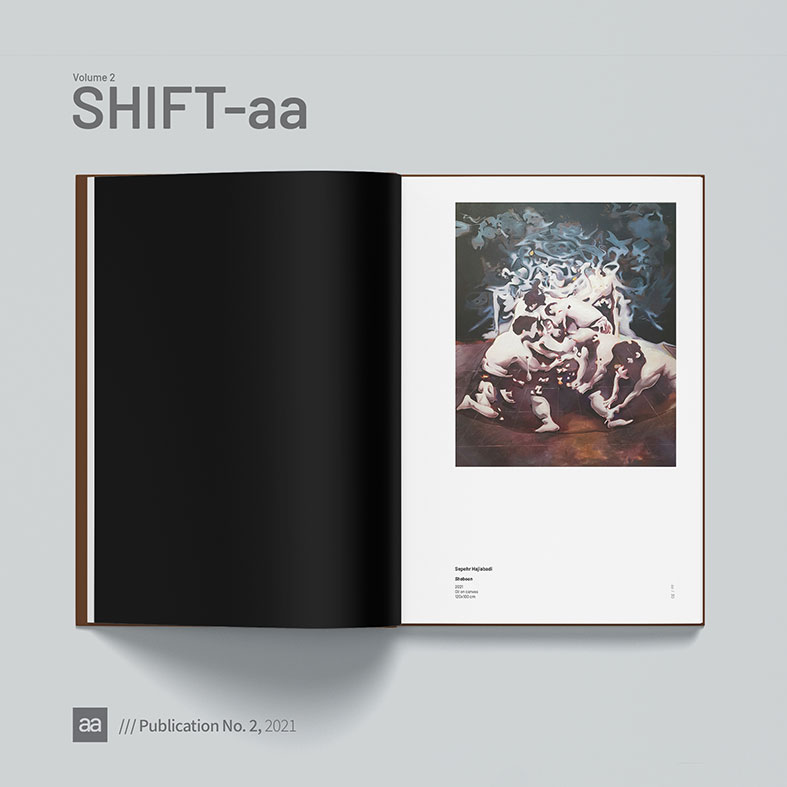
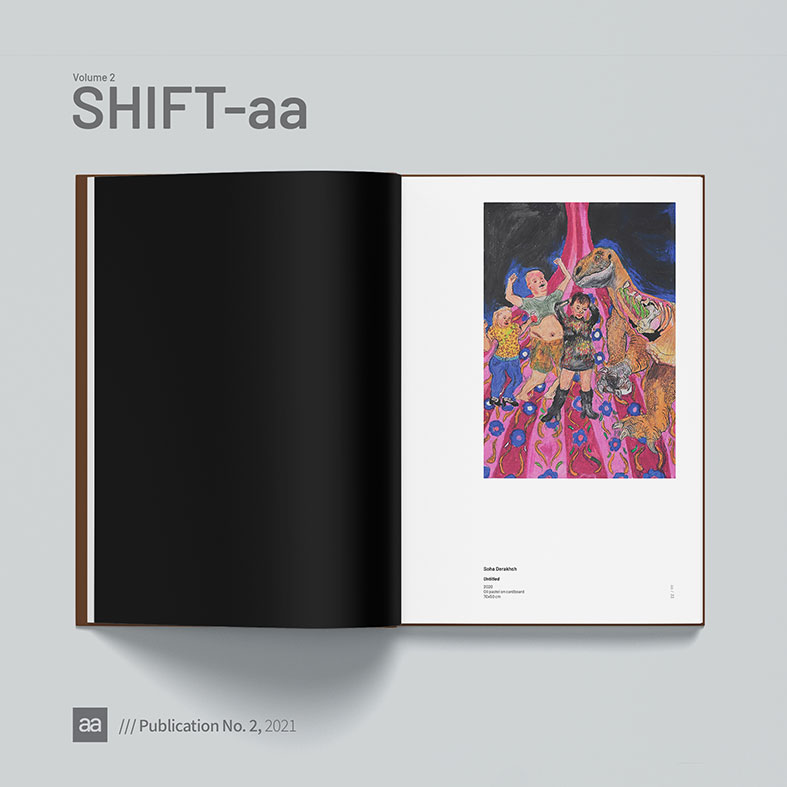
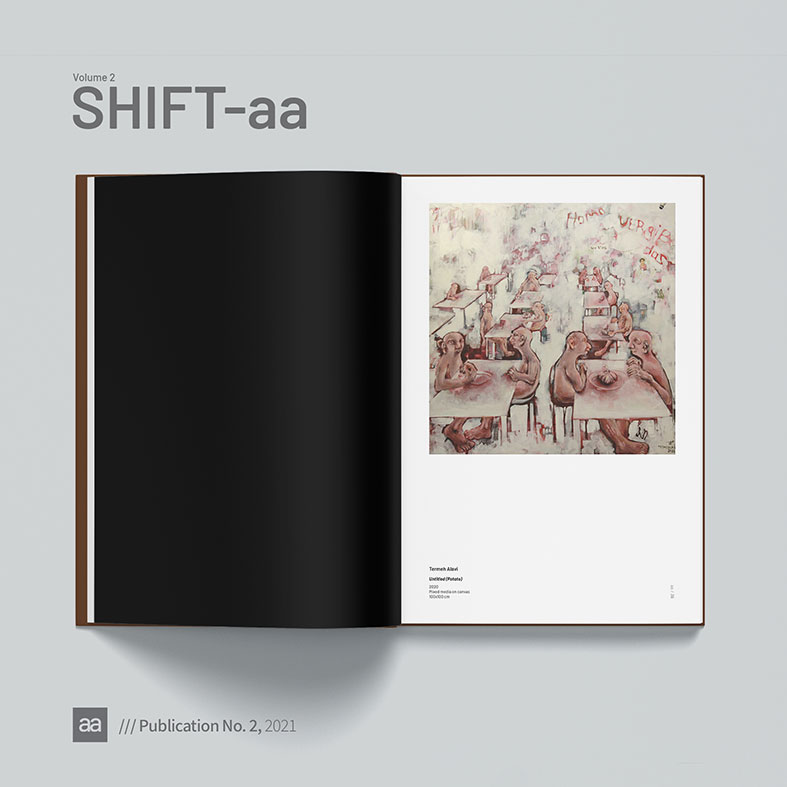
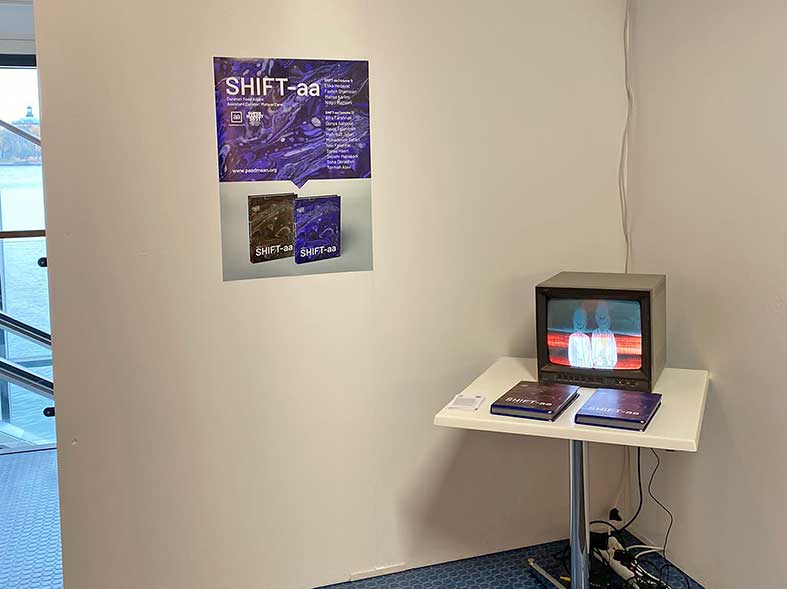
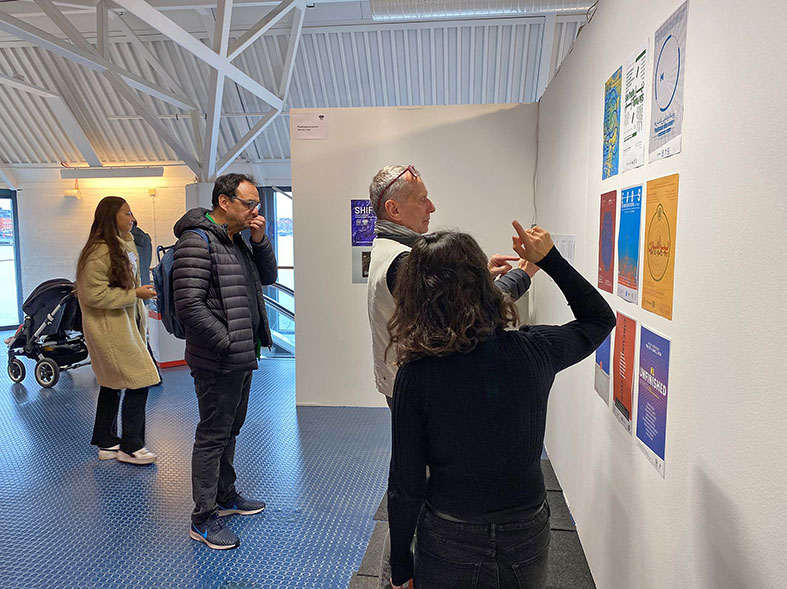
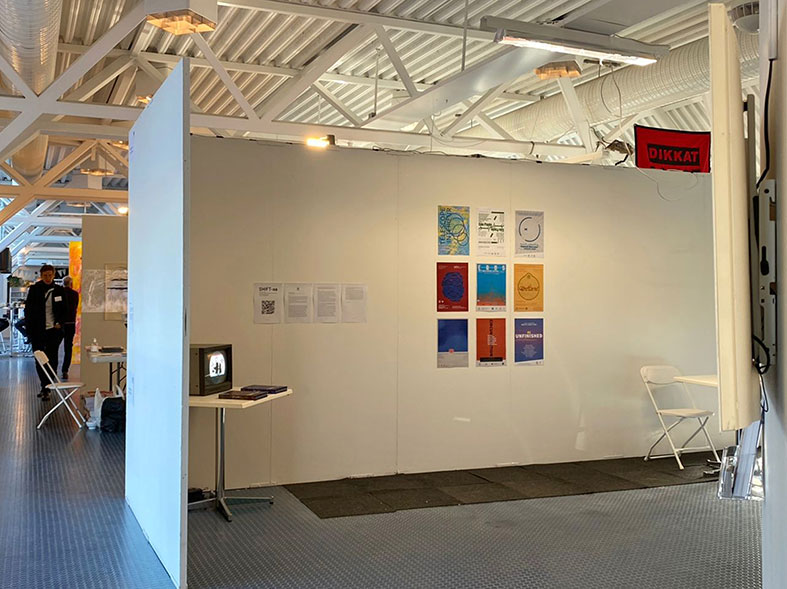
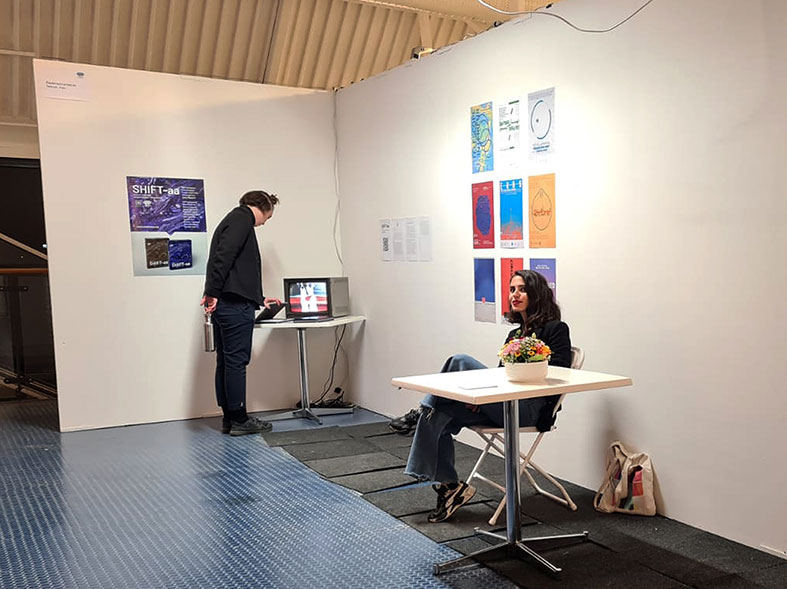
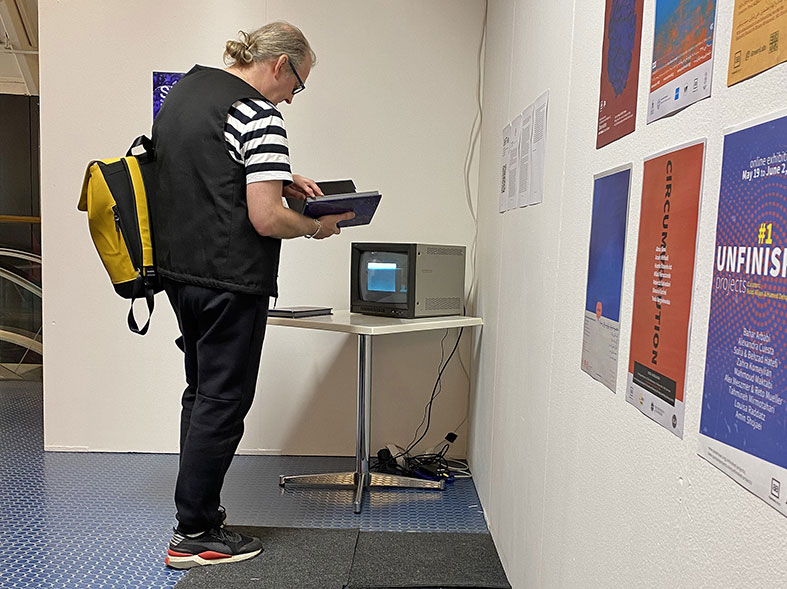
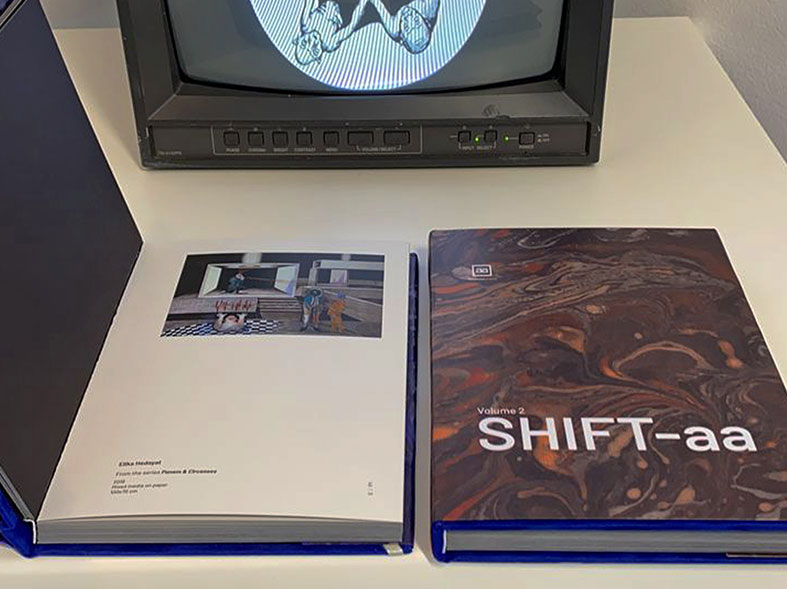
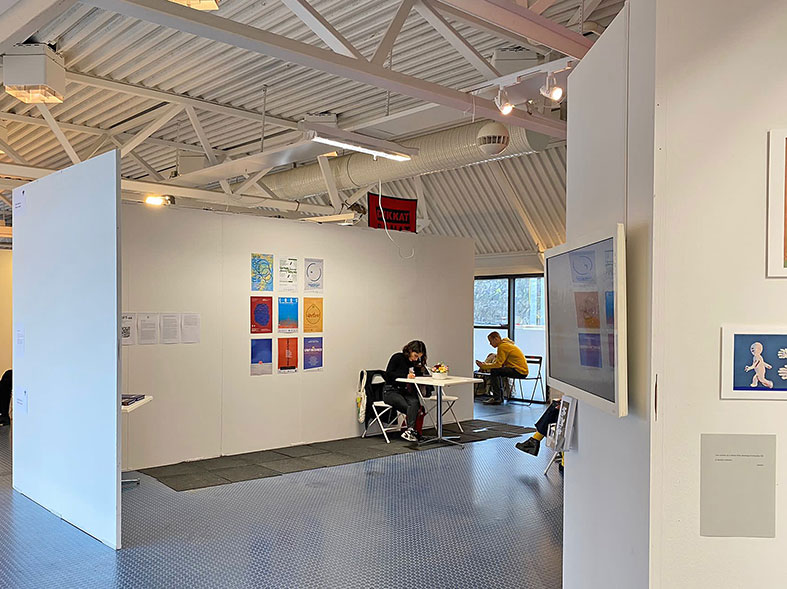
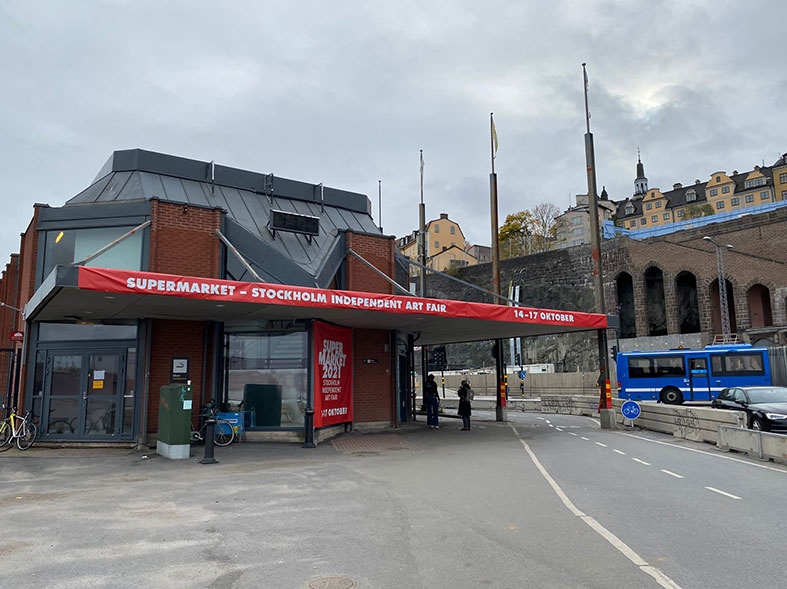
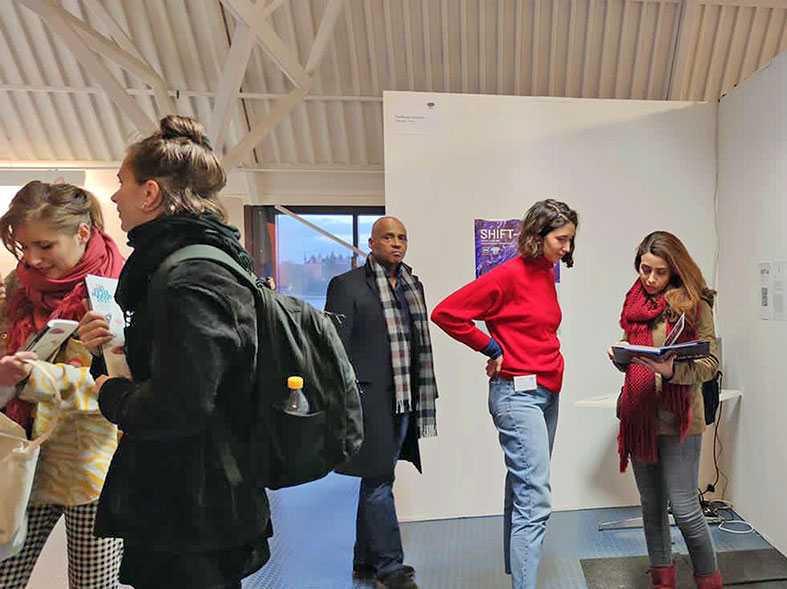
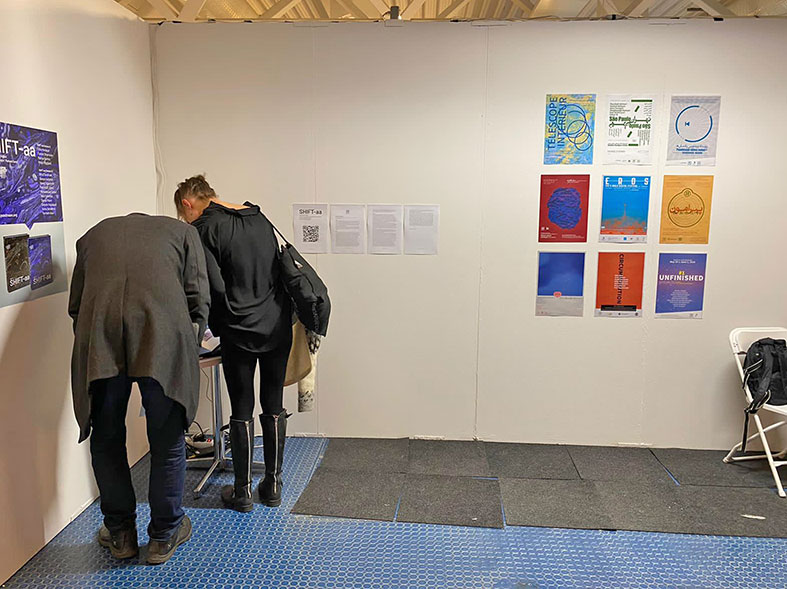
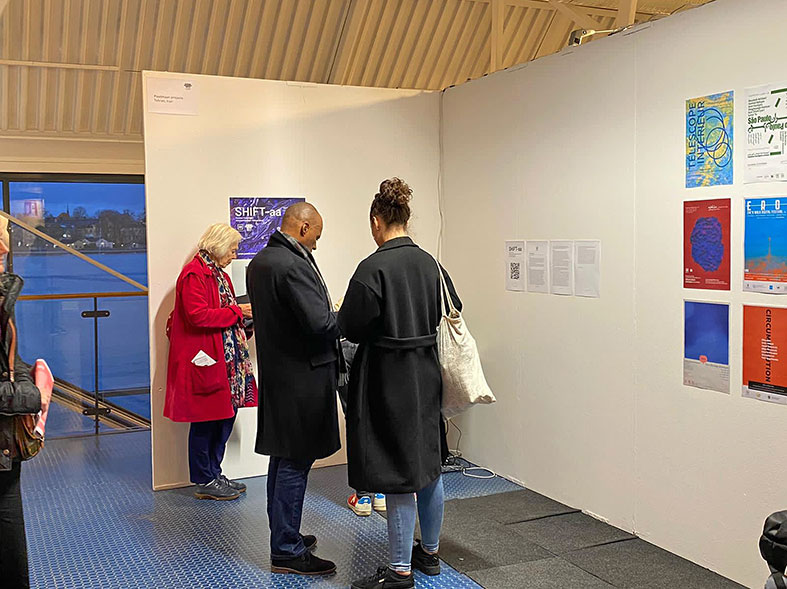
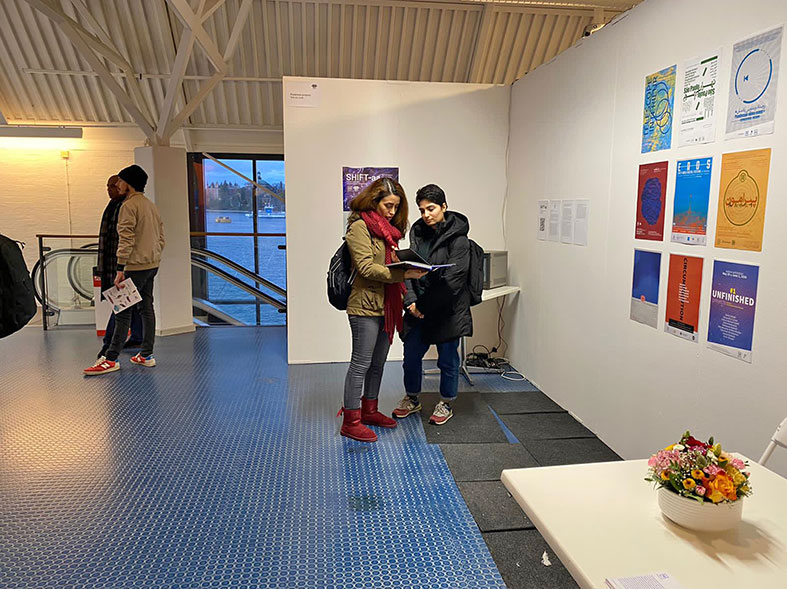
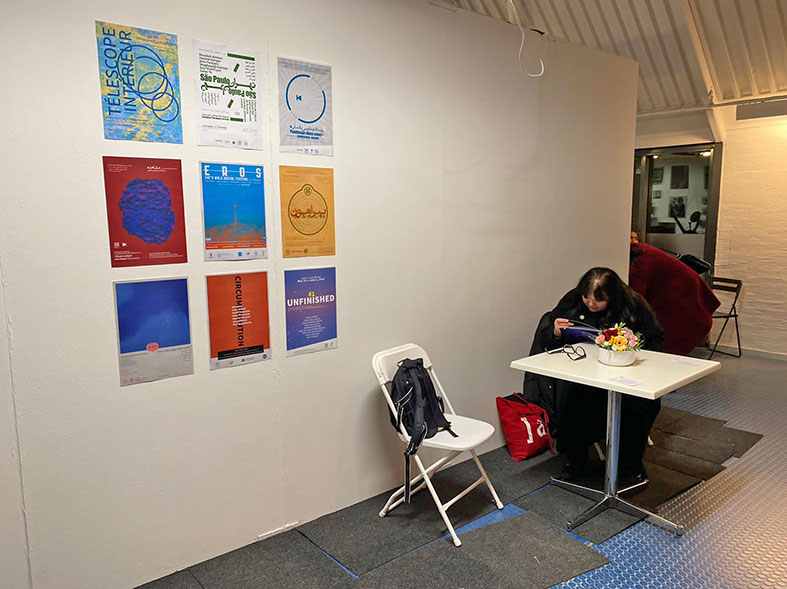
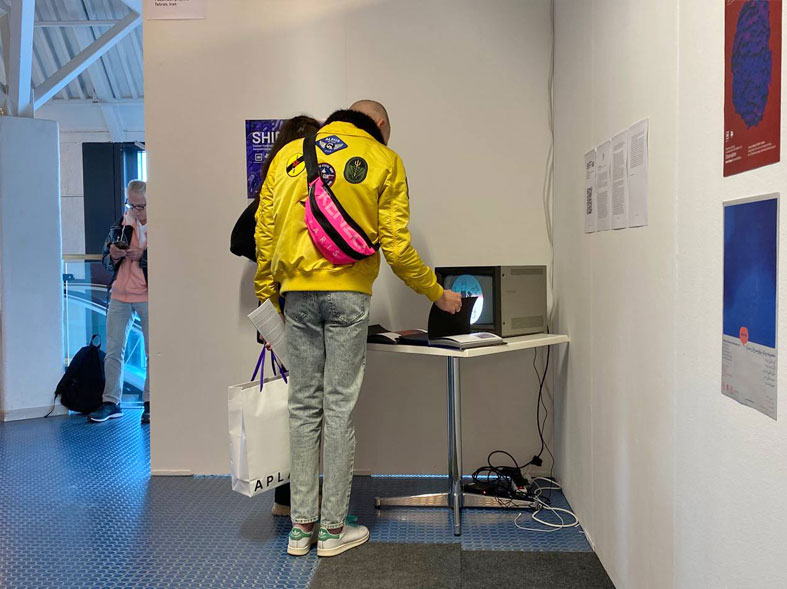
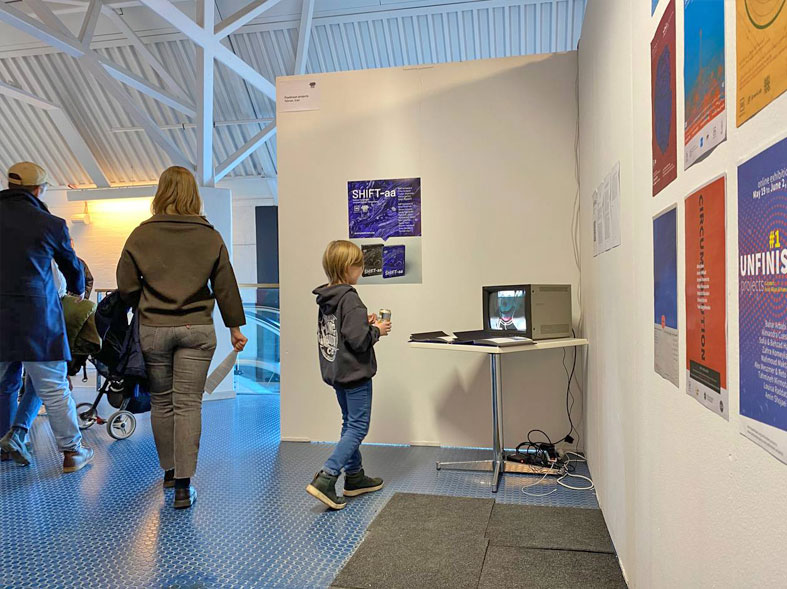
Tehran; A Shapeshifter
Foad Alijani
City as the embodiment of a human society forms its body on the basis of different elements and eventually its dynamic is based on those very same elements. With the passing of time, changes in human lifestyles and the turning of cities to megacities, the societal aspect of cities has gained even more importance. Characteristically, alterations in the physical body of cities have made the ground for formation of many concepts and circumstances.
Tehran changes. Almost one century has passed after a phenomenon that is called “Modernisation” in Iran. After which Tehran, as the last capital city of the Iran dynasties, became the place to represent the exterior of this movement. The Metamorphosis of Tehran, especially in the past few centuries, has been overshadowed by the phenomenon of massive changes through elimination. Eradication of names, memories and many other things which are ironically easily accessible through references. Tehran is used to constant transformation. Processes of elimination change from being decades long to time spans of just months. This body has been duplicated in many ways, has been defaced many times over and over, and has eventually not forgotten but has deleted its own life experience.
North, where that mountain is located, windows wish to open to that mountain. Its body has been intertwined with Tehran’s glands. From the time when the mountain lost its connection to the water springs, the mountain’s sweat flowed to the sewage. Its direction has changed. They want to climb this mountain which hosts snow spots just for a few months.
Tehran forgets. A café turns into a theater. A palace turns into a courthouse. Numerous buildings and avenues change in order to eradicate a part of history. Now it has all changed. Nobody remembers anymore. Even names are changing. It has dragged its body to the skirts of the neighboring states in order for its cells to keep reproducing.
Tehran does not stop. Cells undergo too much pain; one can always hear whining throughout the city. Even the ones who go up the mountains see the whining in the form of fumes.
Tehran devours. Crows have migrated from many of its parts. Malnourished foxes are scattered across the city. Also there are cats, at the same time in comfort and in struggle with co-existence. The sound of birds has faded. Tehran hardly breathes; gardens have turned into a few trees that are left and last big parks have been transfixed in the same place for years.
Tehran is an underground city. Many stories are hidden in its nooks and crannies and only first-hand narrations can be taken from them. At this point in time, photos narrate things which are both existent and non-existent. A lot of things are hidden. There is a paradox that things get eliminated and at the same time they long to remain. The body of Tehran in order to grow competes with its own cells. Cells eat up one another in order to survive. Some cells only survive by feeding on under-skin cells. Other cells either change places or transform into one another. There used to be springs in Tehran that are now reduced to small wells which sometimes reach fresh water that for a few seconds flows into the wells and again goes back to earth.
Tehran always changes.
Tehran, May 2021
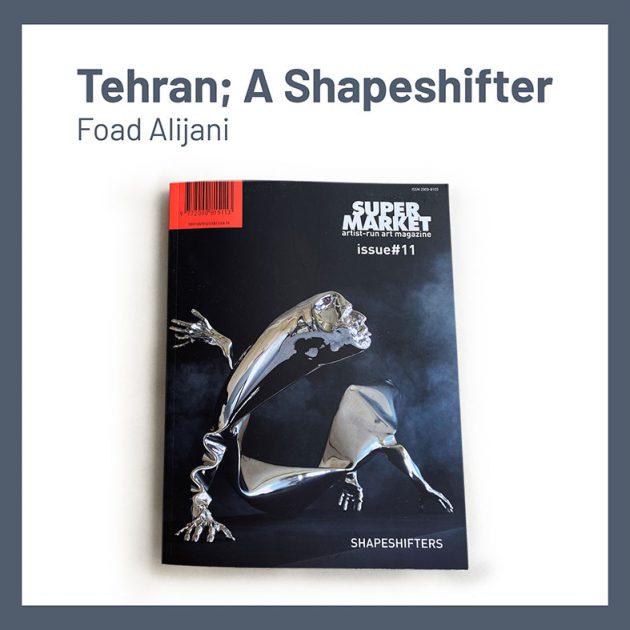
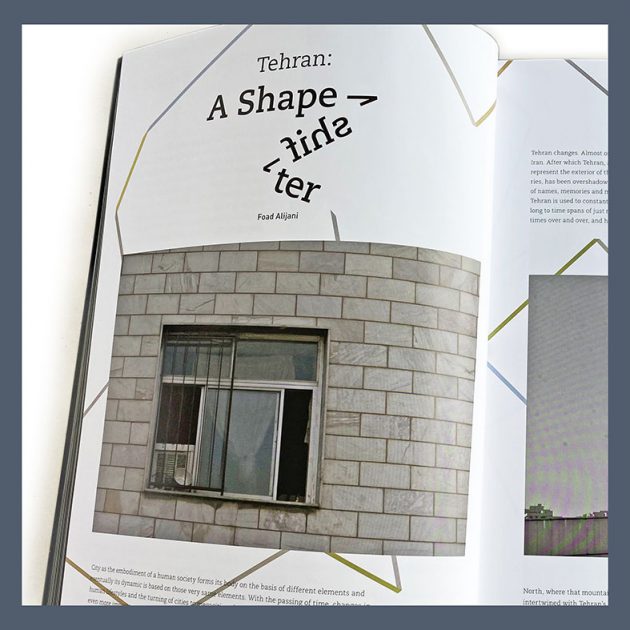
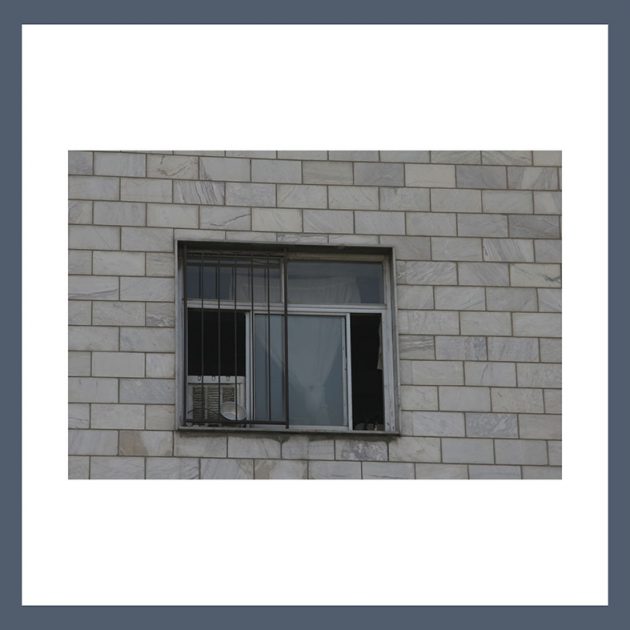
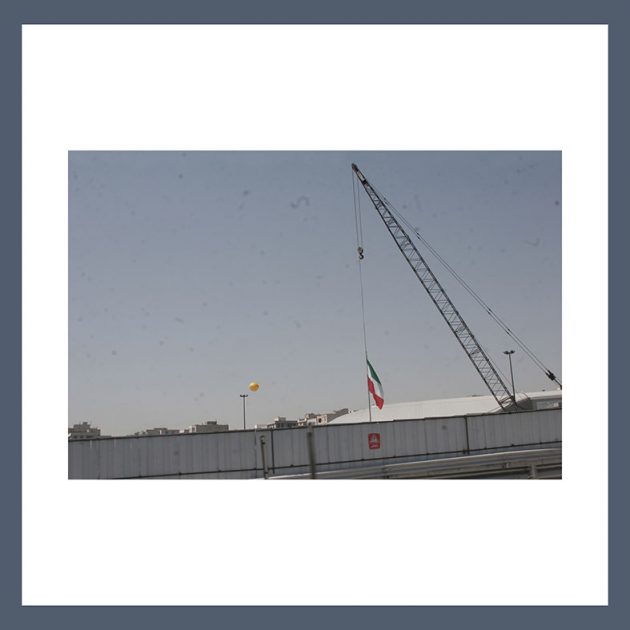
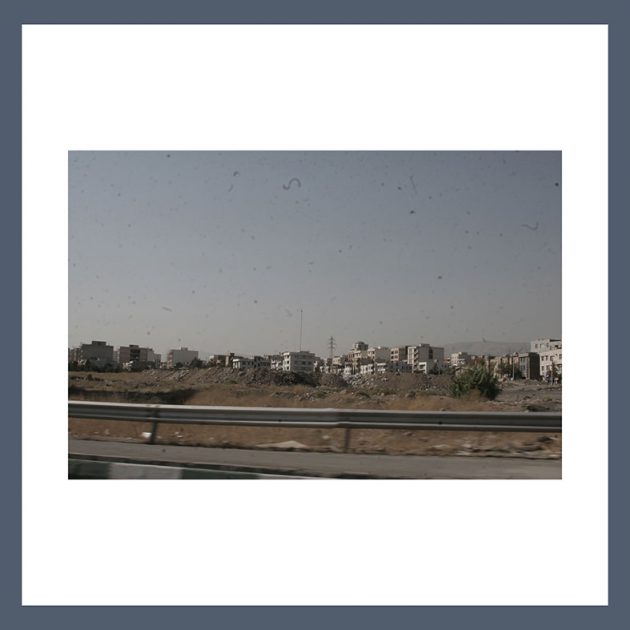
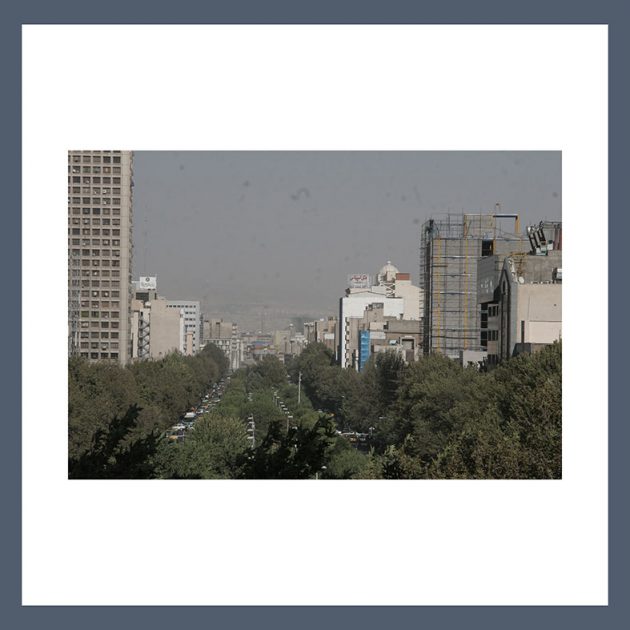
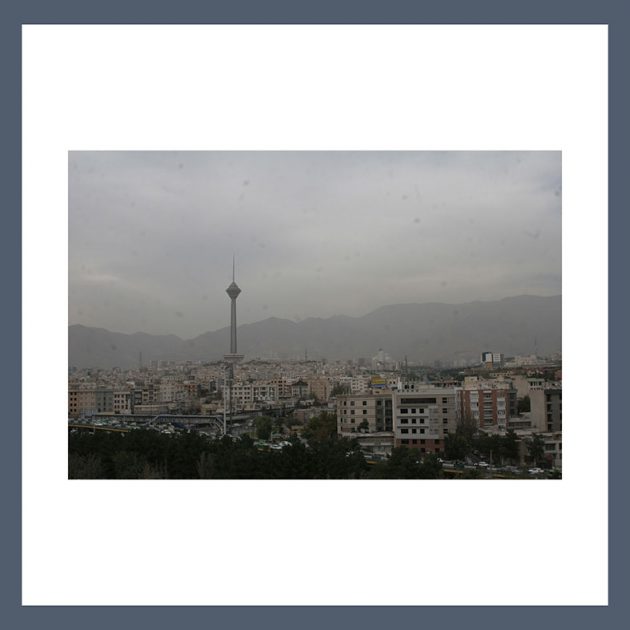
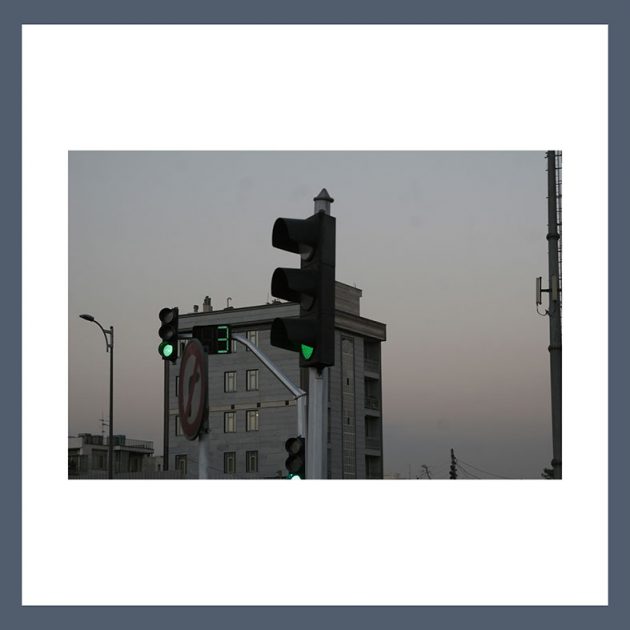
Head, Body, Collage
A note on the project by Paadmaan at Supermarket Art Fair in Stockholm, 2021
Author: Hadi PourSadeghi
Head
Looking at these series of works curated by Paadman Projects, at first sight, reminds me of the one and only speech of David Foster Wallace, and I mean the part where Wallace emphasizes “the way of thinking: Think of the old cliché about the mind being ‘an excellent servant but a terrible master.’ This, like many clichés, so lame & banal on the surface, actually expresses a great & terrible truth.”
And here lays a morbid but true fact: It is no coincidence that most adults who use firearms to commit suicide shoot themselves in the head; call it the ‘horrible lord.’ And here raises a question: what makes this “lord” so horrible?
Body
The somatic experience is the same as the subjective one. Consciousness of the body is the same as consciousness of the doctrine of mind and its approach. The discontinuity of body and head (let’s say mind) is obvious at a simple glance here. As consciousness is a social concept and related to society, naturally it requires having a body beforehand. Somatic signifiers are vital in the formation of significance; for instance, the gesture of “raising a hand” could have various significations. I refer to somatic consciousness and awareness of one’s body because this is also a social matter. We recognize ourselves from the perspective of others.
The bodies here are deformed and seen in an odd situation; they’re under the influence of some powers, and their subjectivity is blemished. In some works, the combination of body and head forms an anthropomorphic figure. Perhaps the biggest issue of anthropomorphism, or in general any kind of shape-shifting and its compilation with a dramatic atmosphere, arises when the creator assumes that his pain and suffering are worthy enough to be seen by the audience; as I see it, the only mechanism that can make this kind of approach a successful one is absurdity and humor. This way, the sympathizing audience can laugh at the misery and absurdity of the creator’s situation and their own.
Collage
Living in a grand city nowadays is a collage-like experience itself. Smartphones and media form a cut-out space-time collage for our comprehension. Just a few years ago, only a few people could have an immaterial presence, such as athletes and NEWS reporters, and by the way, that presence was one-sided only. Nowadays, everyone can have it both ways. Well, I even use the same way to write this text! Here, I can give you another example of this: the video of deceased family members or friends can make them alive for us, and this way, the distance between them and us becomes only about the size of a screen.
Nowadays, collage is more than its definition in the dictionary; it’s the characteristic factor of our art world and society. Perhaps this makes sense because not only our devices and lifestyle but also our minds and thoughts are also a collage. Nowadays, there is no unity and original presence left at all. For a better understanding, let’s say you’re in a meeting, sunk into your own daydreams, and suddenly the manager ironically asks you about your opinion!
As I try to comprehend these works, I’d rather leave generalization and details behind and try to feel the whole atmosphere or feeling of the works. And it’s because I’m trying to expand the word “collage” in my mind and make it more flexible and extended.
Referring to the images, one can see fragmented elements not belonging to a cohesive context; whether the personages or the relation between the foreground and background, it is seen that there are fragments which have been gathered together on demand. Even considering the color passages or harmonic colors which have been applied to bring unity to the whole work, it still challenges our understanding of the outer reality: an animal head on the figure of a human, manipulation of body sizes, and so on. Here I can give you another example of what the word “collage” brings to my mind: the elements of the images and the contours in postmodern paintings have more variation than even the modern ones, not to say than Baroque.
If the word “collage” means “gathering elements of a different context” together, then let’s observe the works here, not mentioning a single one: heads which do not belong to the bodies, bodies which have been depersonalized or desexualized, and so on. But the metamorphosis does not end here; metamorphosis in general is taking the form of a new being while having something from the past one; either a memory or shape… And so the new being carries something from the past being with itself, like a rooster’s head upon a human’s body.
As I tried to confront my feelings toward these artworks, I found myself in a situation similar to watching one of those odd David Lynch movies; the only difference here is you know there aren’t any movie tricks or special effects. If I’m going to mention one, especially Elika Hedayat’s works contain humor and absurdity, which is the same as Kafka’s. Not to mention that there are graphs, charts, etc., which have the same function as they have in the real world: chains and bands. Other images from these series of works – either speaking of concept or style – remind me of the real-life simulation game “The Sims.” If you ever played these kinds of games, you got to know that they’re always – let’s say – under construction: semi-complete backgrounds with lucid colors and almost all of the pictorial and conceptual elements bring this quality of those games to mind: you can go further and have an experience beyond the space-time of everyday life. And well, that’s something like being pregnant in teenage hood which can be a record of its own!
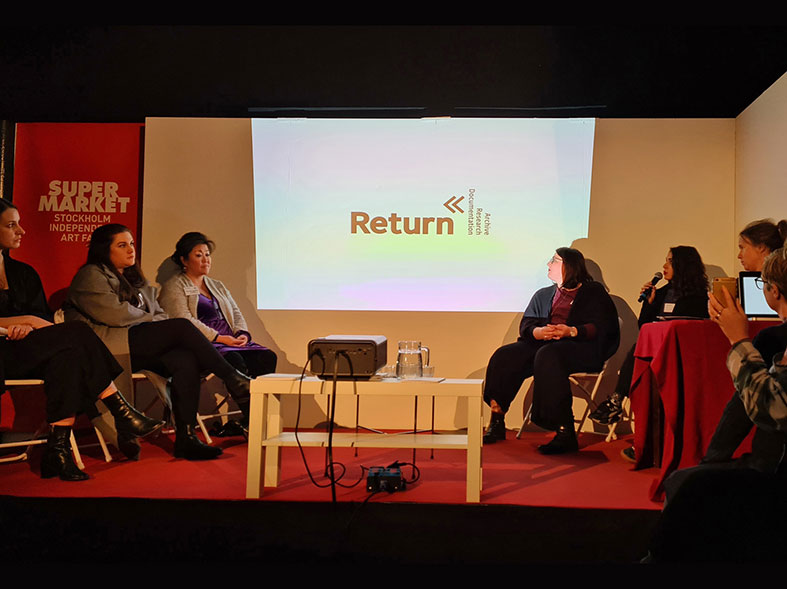
Supermarket Art Fair talk series while Mehregan Meysami was presenting the project, Return.
*Paadmaan‘s research-based long-term project, Return, addresses methods and perceptions in documenting site-specific and time-based art projects (e.g. installation, performance, new media). The project resulted in a book and a curated exhibition.
[project just focused on Iranian artists]. > (research and curated by Foad Alijani)
